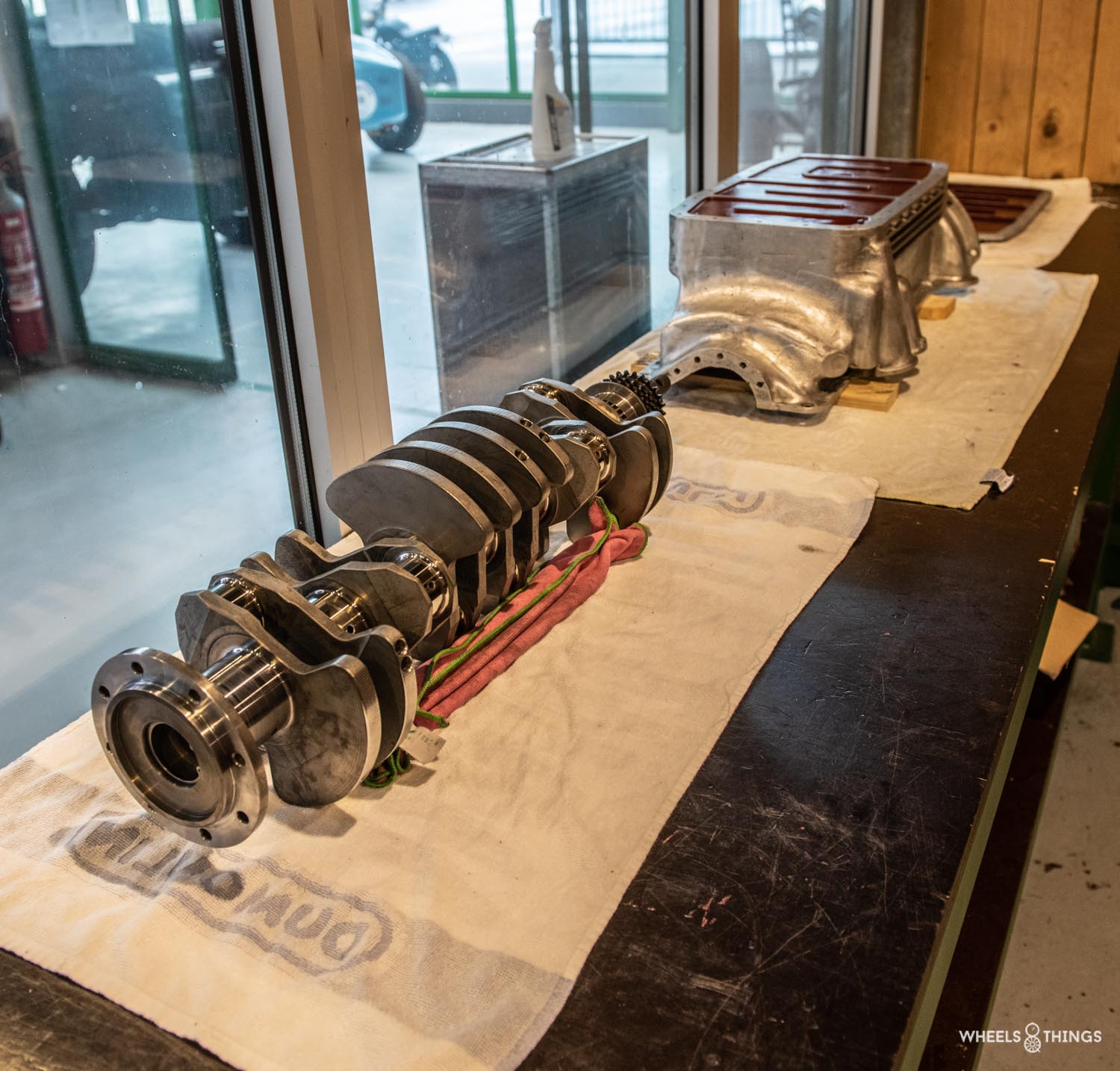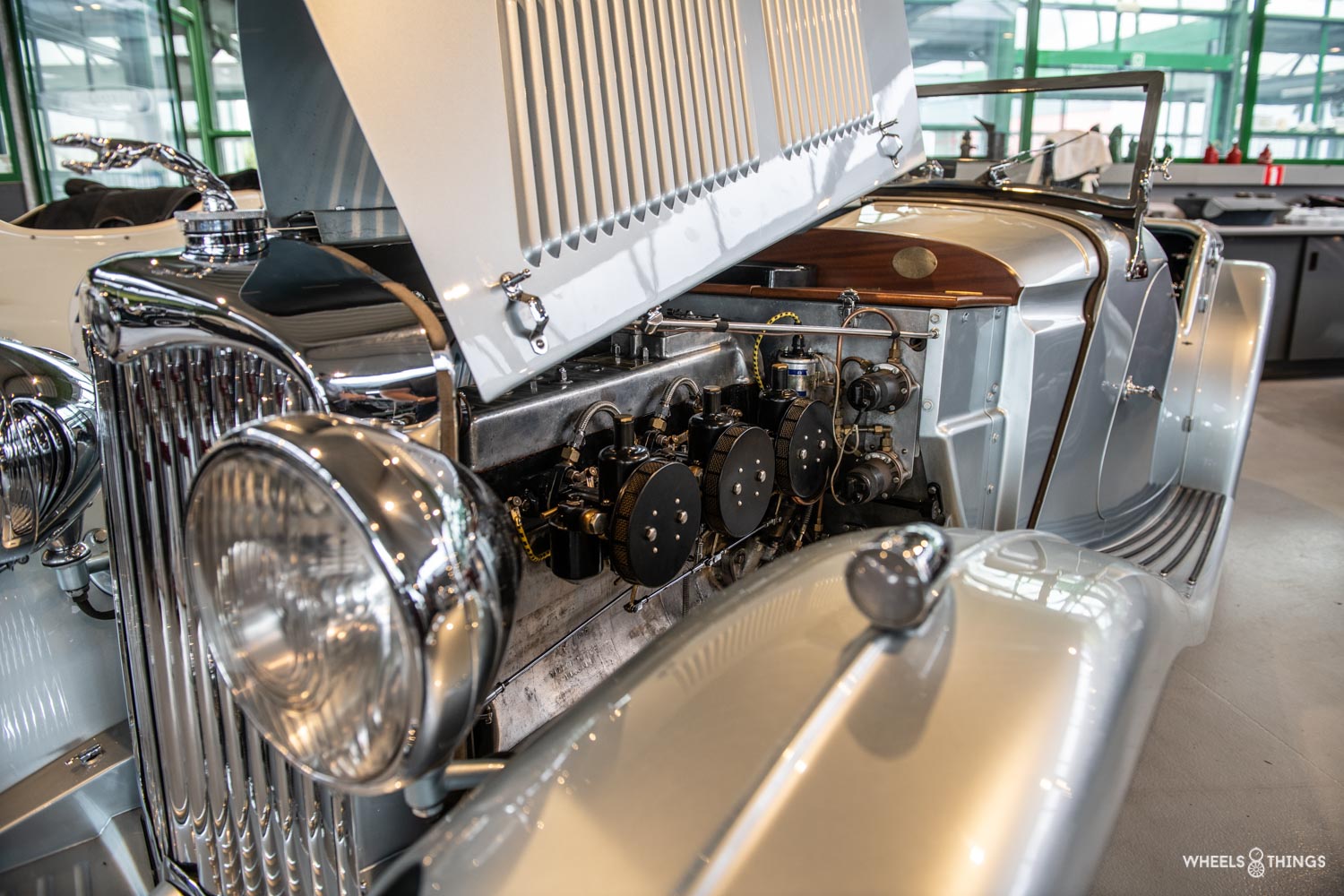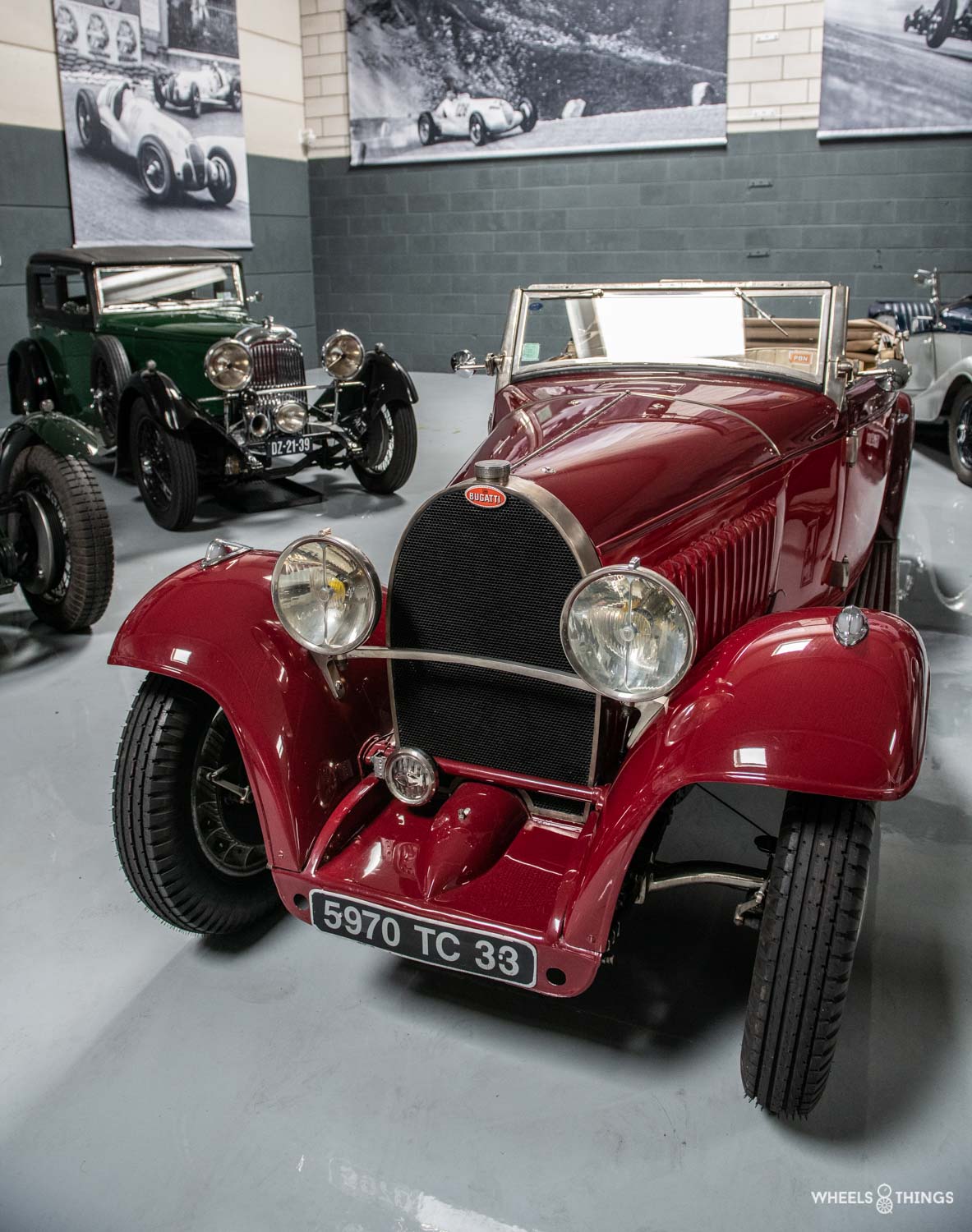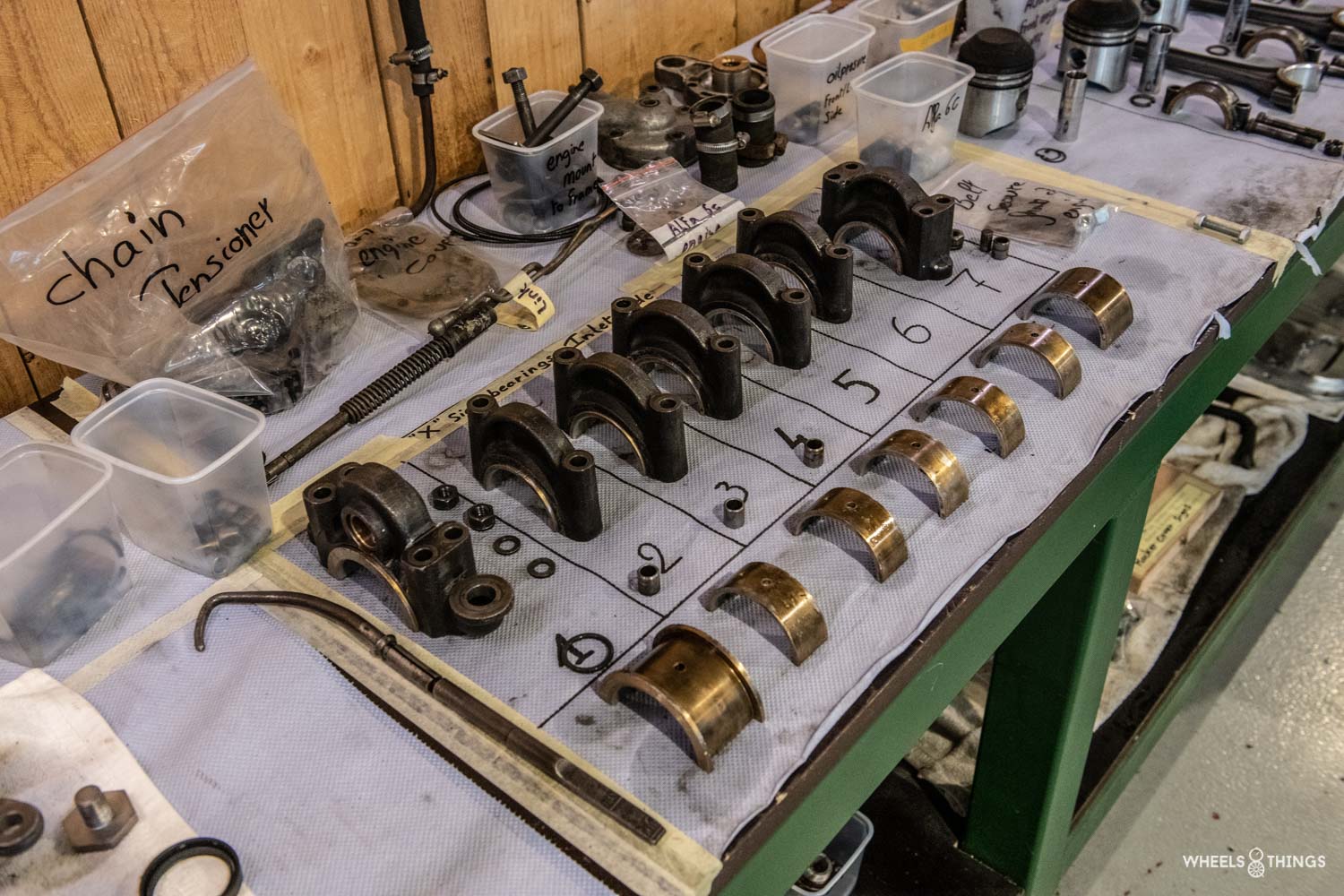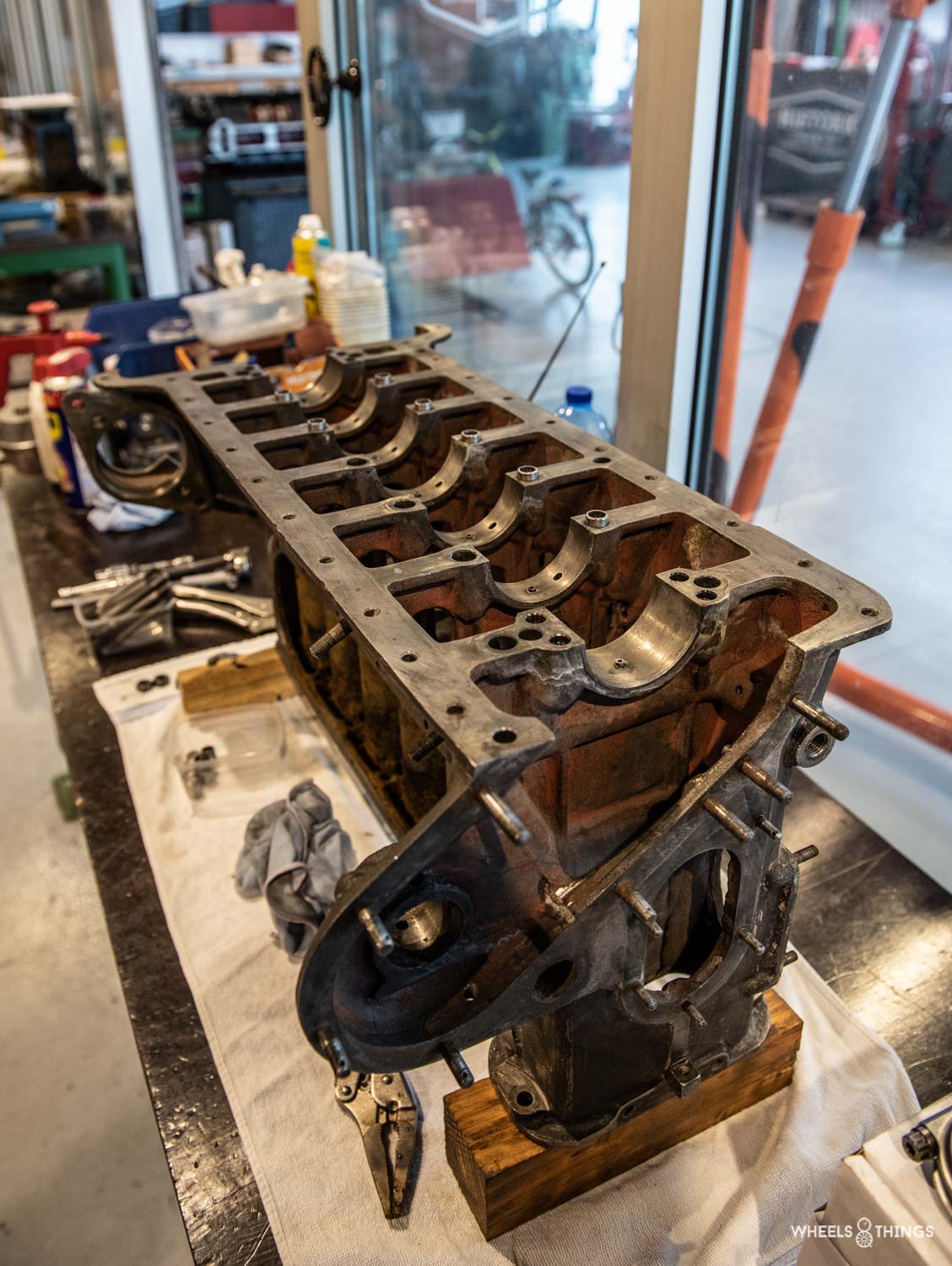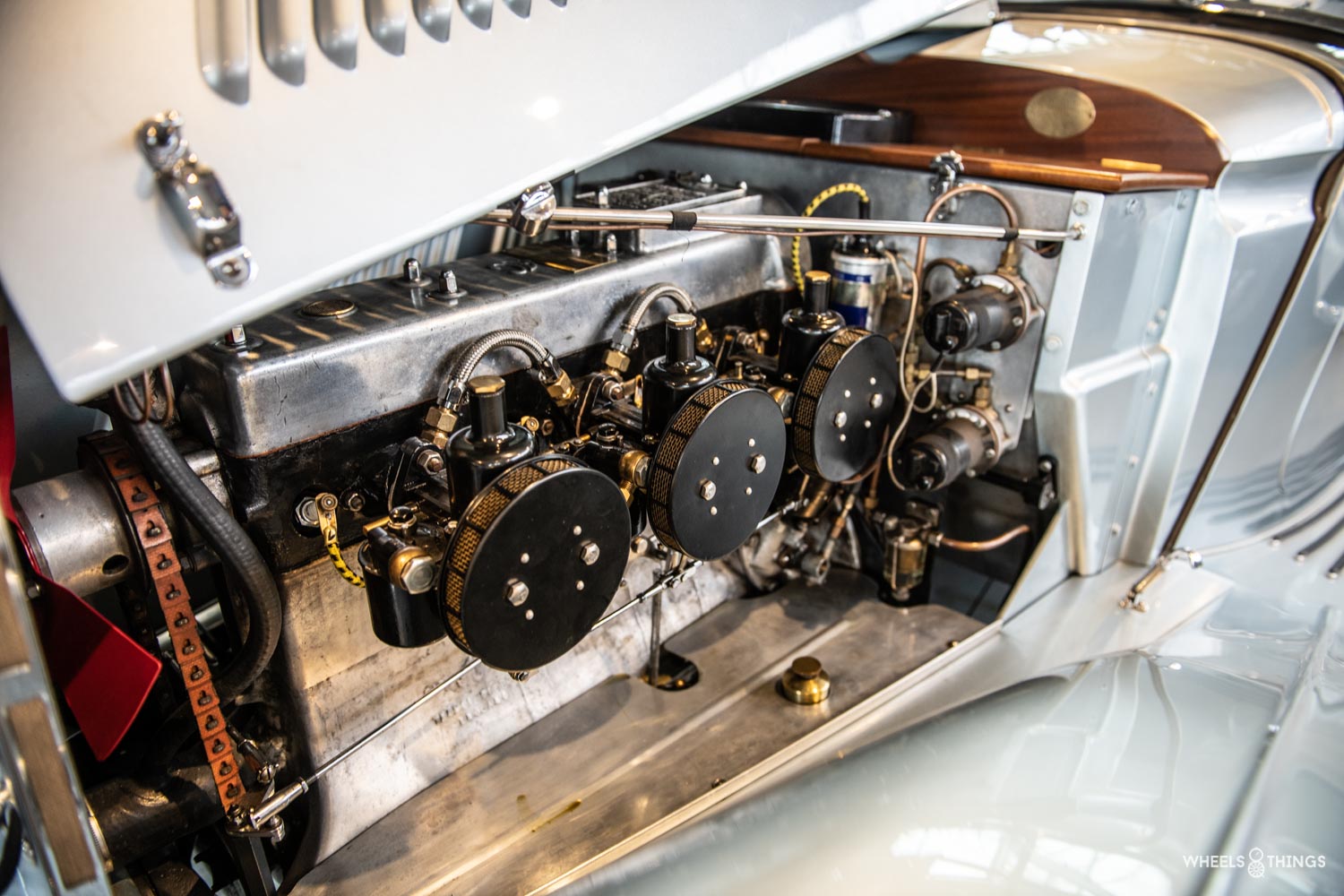Recently, I went to visit Historic Competition Services, a world-renowned workshop for Pre-war cars. Julian Messent is not only the founder of the company but also still the driving force.
Old acquaintances
Without actually knowing it, me and Julian had already spoken to each other. This during the Spa Six Hours in 2017. He was co-responsible for getting the Talbot Lago T26c of Luc Brandts ready for racing. We put our Go-Pro on this beautiful car and invite you to take a look.
It is perhaps where a piece of the company’s strength lies, Julian is not a CEO sitting behind a desk. Julian, like several other people working in the company, is passionate about technology and how it works.
And this is where Christophe Limouzin comes in, Christophe has joined the team in 2019 as general manager. This allowed Julian to focus more on what he really likes, being involved with technology. You can’t be good at everything. Christophe is good at management, Julian is better at technique. In this way, the company has regained its balance.
Passion
During the extensive tour, Christophe told me all about the different cars in the workshop. When I heard afterwards that he had only been working in the company for a year, one word again came to mind: passion!
Christophe’s grandfather was a tool manager at Karmann. Many years later, Christophe took over an Adler Typ 10 2.5L Karmann convertible from the family. Through the Adler, Christophe met Julian in 2002. Both men also share a passion for motorbikes, so there is plenty of common ground.
Julian’s collection comprises a dozen motorbikes including Triumph, Ducati, BSA, Laverda, Husqvarna, Moto Guzzi. Motorbikes are more affordable and they also take up remarkably less space. You can also see the engine and that makes a motorcycle extra attractive.
Restoration
HCS is mainly a restoration company, a restoration can be done in several ways. You can restore the car perfectly and bring it back to its initial factory state. The car will then feel like new again and will be ready for many years to come.
During a restoration, however, it is often like dancing on a tightrope. You know what you are getting into, but unfortunately the road to a perfect restoration is often full of surprises. These unknown factors can seriously affect the price. This, in turn, has an impact on profitability. Fortunately, there are also sales, and the combination of the two ensures a good balance.
Many of Historic Competition Services’ customers are well aware that a lot has changed in 80 to a 100 years in terms of technology. At HCS they never mess around with the soul of the car. If you know that sometimes with some subtle adjustments the engine can run a lot better and more pleasantly. And the customer is asking for it, they see no reason not to do it.
Tom explained that he had spent almost a whole day grinding on an intake collector of an engine to improve the airflow. A rather boring job at first sight, but still he went home with a lot of satisfaction that day, he told me. Because he had been able to improve the engine, passion for sure?
Projects
Maybe we should start talking about the cars and the projects we got to see. To cover every car would lead us too far, but I will pick out a few special ones.
At the time of our visit to the workshop, they were at work on a 1937 Alfa 2300 Pininfarina. Full of enthusiasm, they pointed out the oil pump to me. This turned out to be quite unique because it is mounted on the crankshaft and is driven through a gear crown.
The total restoration of a car takes quite some time. In a way, this is no more than normal, especially when you see how many components are often completely remanufactured. This is not uncommon for pre-war cars. For example, the connecting rods of this Alfa 2300 were also remade.
Sale
Historic Competition Services has a brand new showroom across the street. There is a collection of cars inside to lick your fingers and thumbs. Most of the cars are for sale, by the way.
Let’s start with the Gianinni Dagrada 750 Sports Siluro from 1949. This car was a participant in the Mille Miglia in 1950 and therefore guarantees entry to this prestigious event. You could best describe this car as an Italian mini rocket. The minimal weight of just 400 kg combined with a 60 hp engine gives this car almost literally wings. The car participated in over 14 races between 1949 and 1953, in which it finished in the top 3 several times.
In the workshop we came across an AC 16/80 from 1938, a perfectly restored gem. AC is one of the oldest British car brands, founded in 1901 as Auto Carries Ltd. The brand has been in financially turbulent waters on a number of occasions, but somehow always managed to survive. This AC 16/80 was an excellent car for road trips and rallies but also more than comfortable enough for everyday travel.
The next car is a Ferrari 250 GT Europa from 1955 in sporty outfit. This car started its career at Garage Francorchamps and was then sold to its first owner Philippe Washer. This Ferrari is one of 24 Pinnin Farina Berlinetta’s built in this style. The Ferrari was very successful in its early years and participated in the 1956 Liege-Rome-Liege rally where it finished in 3rd place. At the wheel was Olivier Gendebien and Pierre Stasse. Olivier Gendebien still belongs to the select club of the best racing drivers of all times. The Belgian Gendebien has won the 24 Hours of Le Mans 4 times. The list of other victories to his name is endless!
In 1999, the car started its second life by participating in the Mille Miglia, after which it frequently took part in various historical rallies. In 2000 and 2001, it won the Carrera PanAmericana twice in a row. The car once had a change of engine but now has its original engine back with number 0373. The second engine is also available as an option.
By the way, in the workshop they were restoring a 1933 MG K3. This very rare car also has an amazing history. The car was owned by Eddie Hertzberger, a Dutch textile magnate and racing driver. Hertzberger won the 1936 GP for sports cars in Chimay. This made him the first Dutchman to win a GP. It was not until 2016 in Spain that Max Verstappen became the second Dutchman ever to win a GP.
I will finish with a Bugatti Type 49 from 1933. Those who know me a little know that somewhere I have a special liking for old Bugattis. Perhaps this is partly due to the technical progressiveness of the brand at the time. This Bugatti has a 3.3 litre 8 in line engine with two spark plugs per cylinder. What is also very special about this car is that the drums for the brakes were actually the rims themselves. Some advantages were certainly the large diameter of 330mm and the cooling of the brakes. As a disadvantage I think it is more expensive to replace a complete rim than just a worn drum with the more classic drum brakes.
The story of Historic Competition Services is far from over with this article and I will try to make a sequel to it in the future.
Be sure to visit the HCS website.
Article: Patrick Verheeken.
Photos: Loïc Verheeken.





